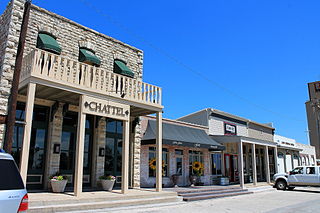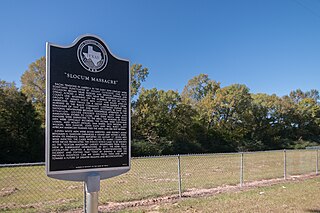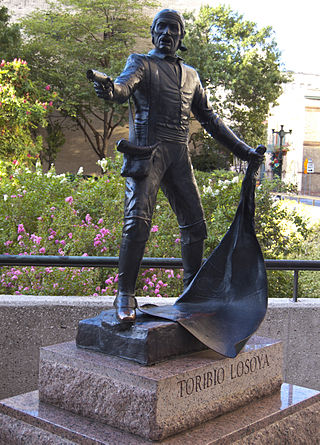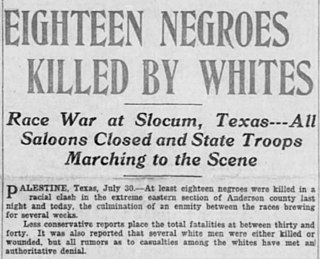Life and career
Born in Fort Worth, Texas in 1967, Bills was raised in Aledo, Texas. His blue-collar parents stressed the importance of a college education and sent him to Europe with the American Institute of Foreign Study at the age of sixteen. Pursuing studies in art, literature and journalism at Texas State University, Bills garnered numerous state and regional awards for his work as the editor of the university magazine, Hillside Scene and also served as editor of university’s literary journal, Persona. In 1990, he was a member of Texas State’s national championship-winning team in the American Advertising Federation's annual National Student Advertising Competition and graduated from the Texas State University Honors College with a degree in journalism.
Bills pursued Master’s courses in American literature at Texas State and the University of Texas at Arlington, but never completed a graduate degree.
In 2006, Bills became a frequent contributor to Fort Worth Weekly [1] [2] [3] [4] [5] [6] and a columnist for the short-lived Paper of South Texas. By 2009, he was writing articles for Fort Worth Magazine [7] [8] and served as a community panel columnist for the Fort Worth Star-Telegram. Then, he began writing features for newspapers and magazines around the state, including the Austin American-Statesman [9] [10] and Texas Co-op Power magazine. [11] [12] [13] [14] In early 2013, a feature Bills penned on the 1910 Slocum Massacre (in East Texas) for the Austin American-Statesman [15] caught the attention of The History Press and a commissioning editor subsequently approached him about writing a book. In late 2013, his first book, Texas Obscurities: Stories of the Peculiar, Exceptional and Nefarious was published by The History Press. In 2014, it was followed by his second title with The History Press, The 1910 Slocum Massacre: An Act of Genocide in East Texas. In 2015, Bills published Black Holocaust: The Paris Horror and a Legacy of Texas Terror with the Eakin Press. In 2016, Bills took a break from nonfiction and co-edited the Lone Star state’s first anthology of horror, Road Kill: Texas Horror by Texas Writers (Eakin Press), with fellow Texas author and former schlock filmmaker, Bret McCormick. Road Kill: Texas Horror by Texas Writers included works from Rio Grande Valley author David Bowles, filmmaker Glen Coburn (creator of the 1984 cult-classic film Bloodsuckers from Outer Space and legendary Texas author Joe R. Lansdale [16] In August 2017, Eakin Press published Bills’ Texas Dissident: Dispatches from a Diminished State, 2006-2016, a collection of editorials and essays. In early October, the Eakin Press released Bills and McCormick’s Road Kill: Texas Horror by Texas Writers, Volume 2. In mid-October 2017, The History Press released Bills’ fifth book, Texas Far and Wide: The Tornado with Eyes, Gettysburg's Last Casualty, the Celestial Skipping Stone and Other Tales. [17] In August 2018, Bills published 100 Things to Do in Texas Before You Die with the Reedy Press [18] and was the sole editor of Road Kill: Texas Horror by Texas Writers, Volume 3 (HellBound Books). In October 2019, Bills published The San Marcos 10: An Antiwar Protest in Texas with The History Press [19] [20] and released his first book of fiction, Pendulum Grim, in December 2019. Over the last several years, Bills' historical research and writing has been repeatedly noted by the Zinn Education Project, [21] [22] [23] and his titles have been cited in national publications like Smithsonian magazine [24] and Mental Floss . [25] Bills continues to investigate and research controversial Texas history and author books, articles and editorials that challenge and inspire readers. [26] Bills' nonfiction papers and research are now part of the "E. R. Bills Collection" at Texas Christian University in Fort Worth. [27]
Slocum Massacre
After the publication of Bills’ The 1910 Slocum Massacre: An Act of Genocide in East Texas in May 2014, Bills and Constance Hollie-Jawaid, a descendant of victims of the Slocum Massacre, worked together on a historical marker application commemorating the atrocity. Hollie-Jawaid submitted it to the Anderson County Historical Commission and members there were immediately hostile. Commission officials criticized Hollie-Jawaid’s application, variously claiming it was unprofessional, based on rumors, antagonistic and, finally, too focused on negative history rather than positive. [28] Hollie-Jawaid subsequently petitioned the Texas State Historical Commission directly and, on January 29, 2015, the Commission unanimously approved the Slocum Massacre historical marker application with a score of 98 on a 100-point scale. [29] [30] [31] When it was placed and dedicated on January 16, 2016, it became the first state of Texas historical marker to specifically acknowledge racial violence against African Americans. In 2016, Bills and Hollie-Jawaid completed The First Eight, a screenplay based on the Slocum Massacre. In late 2017, Bills book, The 1910 Slocum Massacre: An Act of Genocide in East Texas, was optioned for film treatment. In early 2018, Bills and Hollie-Jawaid wrote Shallow Playground, a second screenplay related to the Slocum Massacre and it, too, was optioned for film treatment. [32] Bills and Hollie-Jawaid continue to work on locating and gaining access to the unmarked mass graves that still contain the remains of victims of the Slocum Massacre. [33] In the October 2019 Texas Monthly cover story, "The Battle to Rewrite Texas History," Bills was mentioned as part of "a new generation of scholars" who are attempting to correct the "historical record" in the Lone Star state. [34]
Bragg Williams Lynching
In early 2022, relatives of Bragg Williams, an intellectually disabled Black man burned at the stake in Hillsboro, Texas, in 1919, contacted Bills and asked for his help in getting a historical marker to acknowledge this atrocity. Working with the family, Bills wrote the historical marker application and the chief spokesperson of the family, Crady Johnson, was the official sponsor. The Bragg Williams historical marker application was approved in August 2022, and the marker logistics and fabrication are under way. See: https://www.fwweekly.com/2022/06/08/snowballs-chance-in-hillsboro/
Frank J. Robinson Assassination In mid 2022, Bills joined Texas Public Radio reporter David Martin Davies in an investigation into the murder of East texas Civil Rights leader, Frank J. Robinson. He wrote about it for the Fort Worth Weekly. https://www.fwweekly.com/2022/09/21/the-fjr-assassination/














